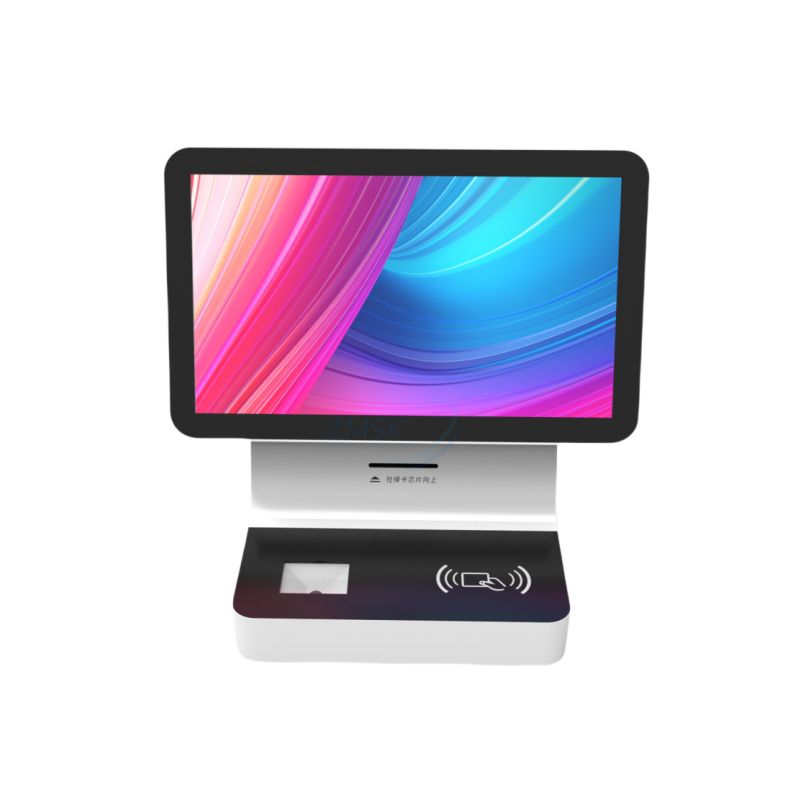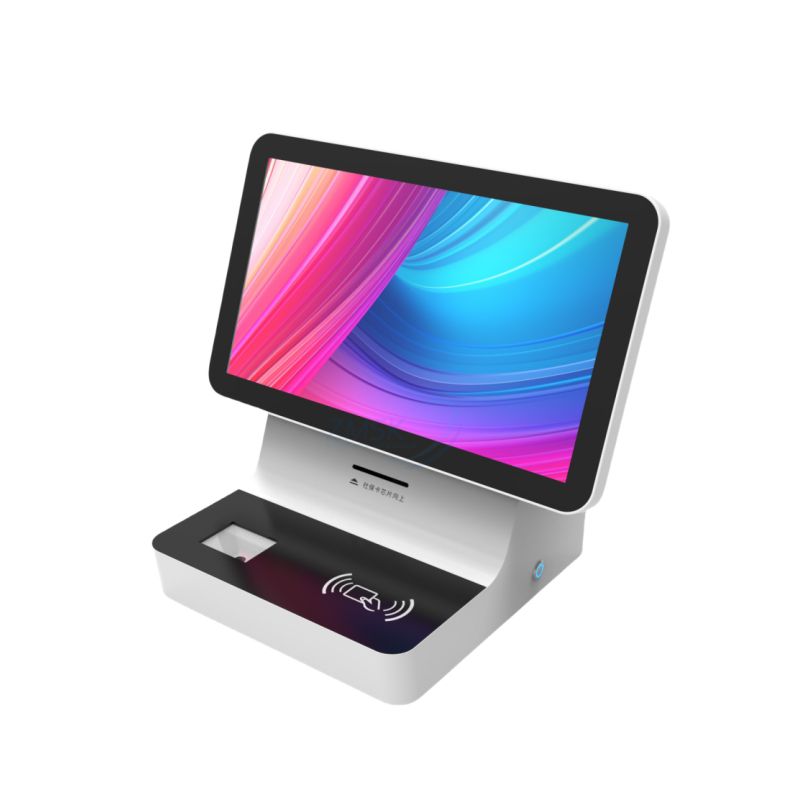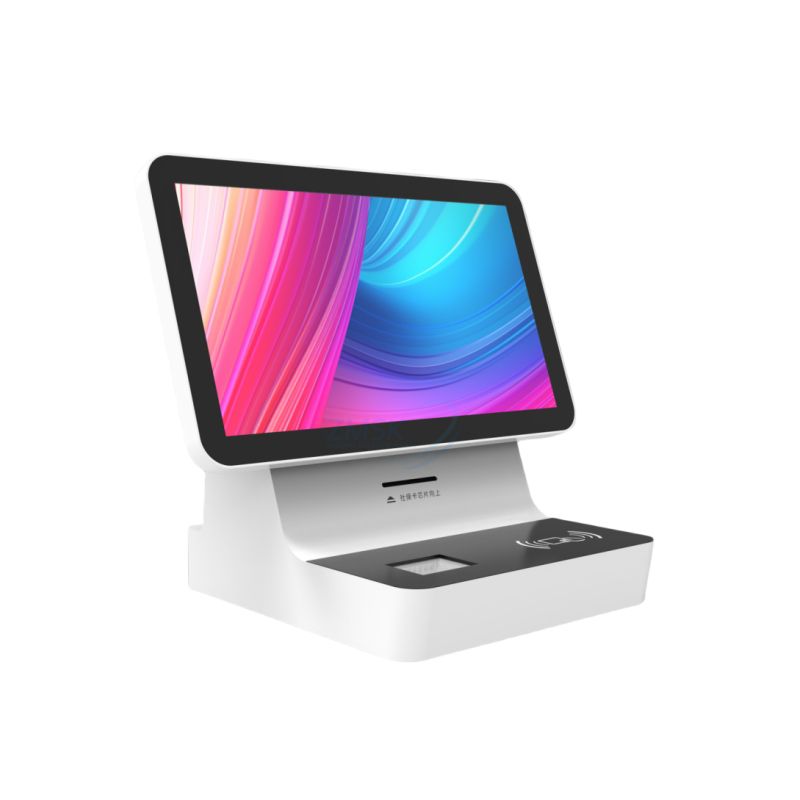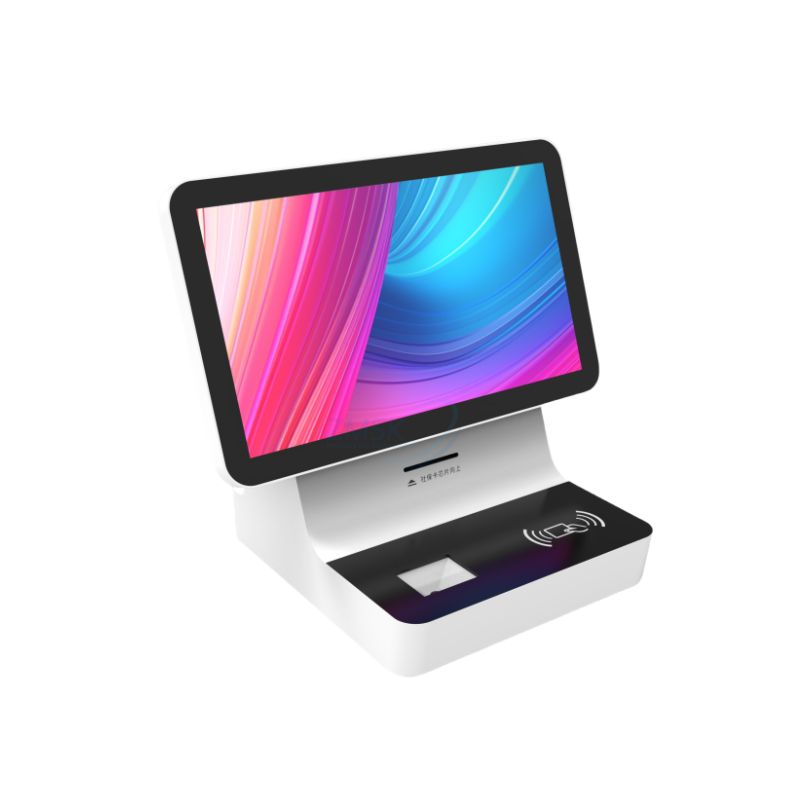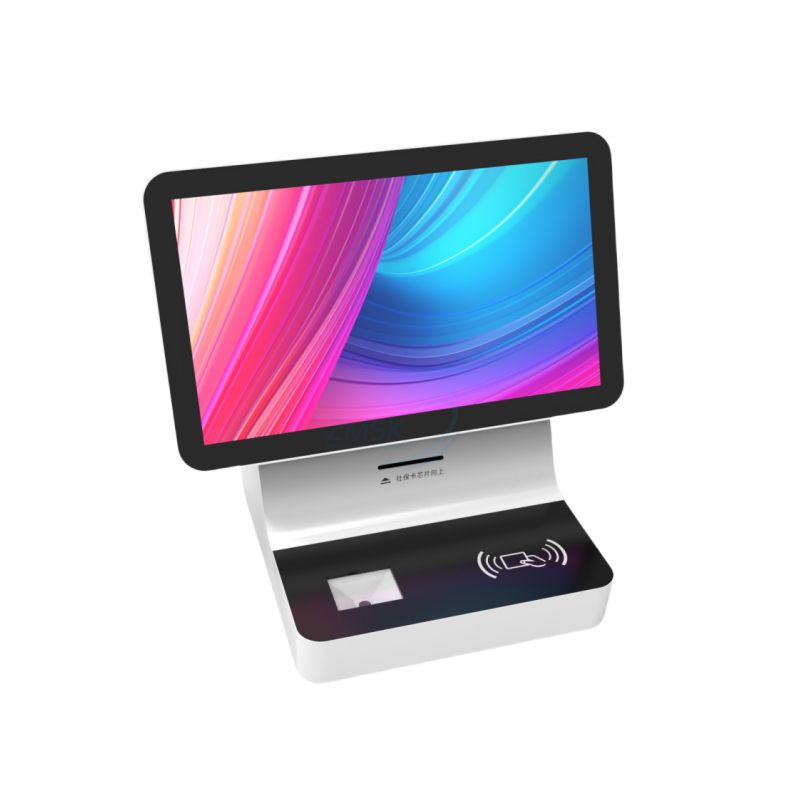Self-Check-In Healthcare & Medical Kiosks are innovative solutions that are transforming the patient experience in healthcare settings. Here is an introduction:
Appearance and Functionality:
These kiosks are typically designed with a user-friendly interface and a sleek, modern look. They are placed in healthcare facilities such as hospitals, clinics, and urgent care centers. The main function of these kiosks is to allow patients to check in for their appointments independently.
The self-check-in process is straightforward. Patients can enter their personal information, such as name, date of birth, and insurance details, either by using a touchscreen or by scanning a barcode on their appointment letter or insurance card. The kiosk then verifies the information and confirms the patient's appointment.
Benefits for Patients:
- Convenience: Self-check-in kiosks offer patients a convenient way to check in for their appointments. They can avoid long queues at the reception desk and save time. Patients can also complete the check-in process at their own pace, without feeling rushed.
- Privacy: The kiosks provide a level of privacy as patients can enter their information without having to share it with others. This is especially important for sensitive medical information.
- Accuracy: By entering their information directly into the kiosk, patients can ensure that their details are accurate. This reduces the risk of errors that can occur when information is transcribed manually by staff.
Benefits for Healthcare Providers:
- Improved Efficiency: Self-check-in kiosks can significantly improve the efficiency of healthcare facilities. By reducing the need for staff to handle check-in tasks, more time can be dedicated to patient care. The kiosks also help to streamline the flow of patients, reducing wait times and improving overall patient satisfaction.
- Data Accuracy: The kiosks ensure accurate data entry, which is crucial for medical records and billing. This reduces the risk of errors and improves the quality of patient care.
- Enhanced Patient Engagement: By providing a self-service option, healthcare providers can engage patients more actively in their care. Patients feel more in control of their healthcare experience and are more likely to be satisfied with the service.
Technology and Security:
Self-check-in healthcare kiosks are equipped with advanced technology to ensure security and privacy. They may use encryption to protect patient data and have measures in place to prevent unauthorized access. The kiosks are also designed to be accessible to people with disabilities, with features such as large buttons and adjustable height.
In conclusion, self-check-in healthcare and medical kiosks are a valuable addition to healthcare facilities. They offer convenience, privacy, and accuracy for patients, while improving efficiency and data accuracy for healthcare providers.
